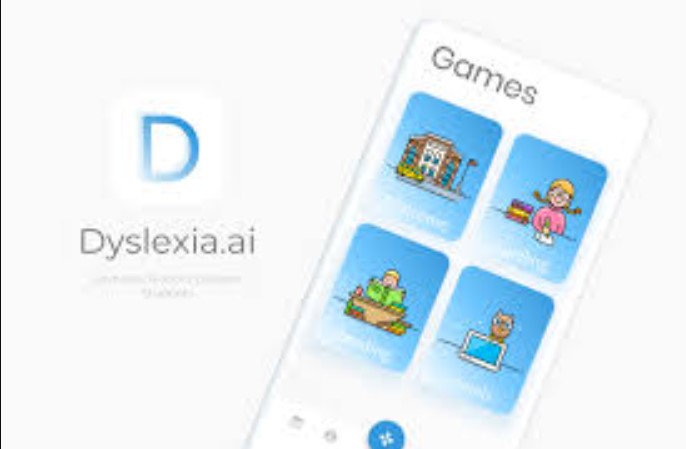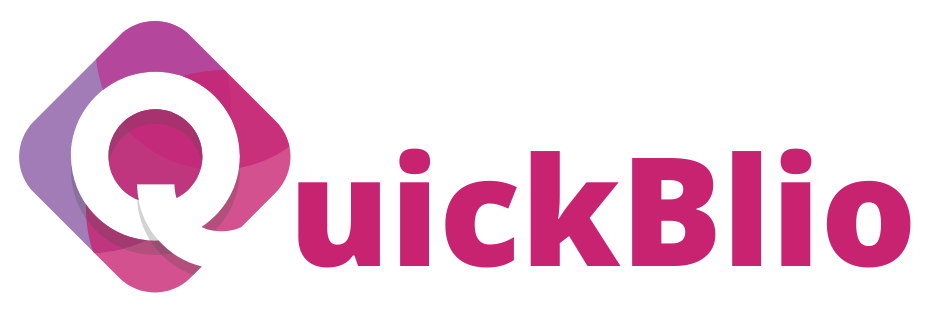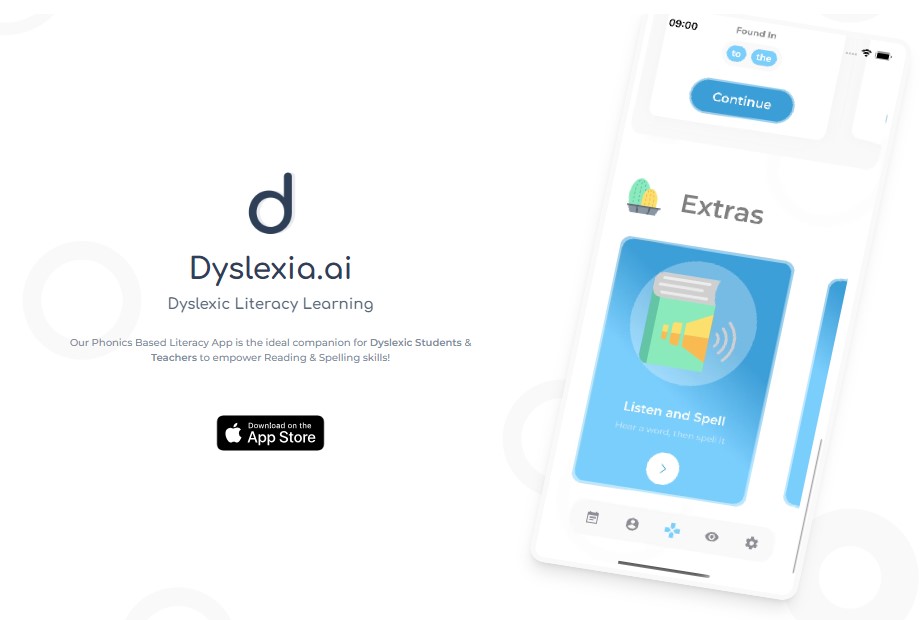Artificial Intelligence (AI) has been making significant strides in various fields, from healthcare to finance, and now it’s showing promise in education, particularly for students with learning disabilities such as dyslexia. Dyslexia, a neurological condition that affects reading, writing, and spelling skills, poses unique challenges for learners. However, recent advancements in AI technology are offering new hope and innovative solutions to support these students in their educational journey.
As AI continues to evolve, its potential to revolutionize learning experiences for dyslexic students becomes increasingly apparent. By leveraging machine learning algorithms, natural language processing, and adaptive technologies, AI-powered tools can provide personalized assistance, real-time feedback, and tailored interventions. This article explores the various ways in which AI could prove instrumental in helping students with dyslexia overcome their learning obstacles and reach their full academic potential.
Read Also: The Impact of Advancements in Machine Learning and AI on Rigging and Animation

Early Detection and Diagnosis
One of the most crucial aspects of supporting students with dyslexia is early identification. AI technologies are now being developed to assist in the early detection and diagnosis of dyslexia, potentially reducing the time between onset and intervention. Machine learning algorithms can analyze patterns in reading behavior, eye movements, and writing samples to identify potential indicators of dyslexia.
For instance, researchers at the University of California, San Francisco, have developed a deep learning model that can detect dyslexia risk factors in children as young as five years old. The model analyzes various cognitive and behavioral markers, including phonological awareness, rapid automatized naming, and working memory. By identifying at-risk children earlier, educators and parents can implement appropriate support strategies sooner, potentially mitigating the long-term impact of dyslexia on academic performance.
Personalized Learning Paths
AI-powered adaptive learning systems can create individualized learning paths for students with dyslexia, taking into account their specific strengths, weaknesses, and learning preferences. These systems use sophisticated algorithms to analyze a student’s performance data and adjust the difficulty, pace, and style of instruction in real-time.
For example, the Nessy Learning Program, an AI-enhanced platform designed for dyslexic learners, adapts its lessons based on each student’s progress. The system identifies areas where a student struggles and provides targeted exercises and activities to reinforce those skills. This personalized approach ensures that dyslexic students receive instruction tailored to their unique needs, potentially accelerating their learning and boosting their confidence.
Text-to-Speech and Speech-to-Text Technologies
AI-driven text-to-speech (TTS) and speech-to-text (STT) technologies have made significant advancements in recent years, offering valuable support for dyslexic students. These tools can help alleviate the challenges associated with reading and writing, allowing students to focus on comprehension and content creation rather than struggling with decoding text or spelling.
Modern TTS systems, such as those developed by companies like ReadSpeaker and Nuance, use natural language processing and deep learning to produce more natural-sounding voices with improved intonation and emphasis. This enhancement makes it easier for dyslexic students to engage with written content across various subjects. Similarly, advanced STT technologies, like those found in Dragon NaturallySpeaking or Google’s Speech-to-Text API, have become more accurate in transcribing spoken words, even accounting for different accents and speech patterns. These tools enable dyslexic students to express their ideas more freely without being hindered by writing difficulties.
Real-Time Writing Assistance
AI-powered writing assistance tools are becoming increasingly sophisticated, offering real-time support for students with dyslexia as they compose text. These tools go beyond simple spell-checking, providing context-aware suggestions for grammar, word choice, and sentence structure.
Grammarly, for instance, uses AI to offer comprehensive writing feedback, including suggestions for clarity, conciseness, and tone. For dyslexic students, this kind of assistance can be invaluable in helping them express their ideas more effectively. Another example is Ghotit, a writing tool specifically designed for users with dyslexia and dysgraphia. It employs AI algorithms to correct spelling and grammar errors while considering the typical mistakes made by dyslexic writers.
Multimodal Learning Support
AI technologies are enabling the development of multimodal learning experiences that can be particularly beneficial for students with dyslexia. These systems combine various forms of media – text, audio, images, and interactive elements – to present information in ways that cater to different learning styles and preferences.
For example, the ReadWorks AI platform uses machine learning to analyze text complexity and generate comprehension questions tailored to each student’s reading level. It also provides audio support and visual aids to enhance understanding. By offering multiple modes of engagement with the material, these AI-driven tools can help dyslexic students process and retain information more effectively.
Emotional and Motivational Support
Learning with dyslexia can be emotionally challenging, often leading to frustration and decreased motivation. AI-powered virtual tutors and chatbots are being developed to provide not only academic support but also emotional encouragement to students with dyslexia.
These AI assistants, such as the Woebot mental health chatbot, can be programmed to offer positive reinforcement, track emotional well-being, and provide coping strategies for academic stress. While not a replacement for human interaction, these AI companions can offer round-the-clock support and help maintain student engagement and motivation.
Data-Driven Insights for Educators
AI systems can collect and analyze vast amounts of data on student performance, providing educators with valuable insights into the learning patterns and needs of dyslexic students. These data-driven insights can help teachers make more informed decisions about instructional strategies and interventions.
Platforms like Century Tech use AI to generate detailed learning profiles for each student, highlighting areas of strength and difficulty. This information allows teachers to tailor their instruction more effectively and provide targeted support where it’s most needed. By leveraging AI-generated analytics, educators can create more inclusive and effective learning environments for students with dyslexia.
Assistive Reading Technologies
AI is revolutionizing assistive reading technologies, making written content more accessible to dyslexic readers. Advanced optical character recognition (OCR) combined with AI can convert printed text into digital formats that can be easily manipulated and presented in dyslexia-friendly ways.
One notable example is the OrCam Read, a handheld device that uses AI-powered computer vision to read text aloud from any surface. It can also extract specific information, like dates or names, making it easier for dyslexic students to navigate complex documents. Another innovative tool is Helperbird, a browser extension that uses AI to customize web pages, offering features like dyslexia-friendly fonts, text-to-speech, and color overlays to improve readability for dyslexic users.
As we look to the future, the potential of AI to support students with dyslexia appears boundless. From early detection to personalized learning experiences and advanced assistive technologies, AI is poised to play an increasingly crucial role in empowering dyslexic learners. These technological advancements offer hope for more inclusive educational environments where students with dyslexia can thrive alongside their peers.
However, it’s important to note that while AI offers tremendous potential, it should be seen as a complement to, rather than a replacement for, human teaching and support. The most effective approaches will likely combine AI-powered tools with the expertise and empathy of trained educators and learning specialists. As AI continues to evolve, ongoing research and collaboration between technologists, educators, and dyslexia experts will be crucial in developing and refining these tools to best serve the needs of dyslexic learners.

